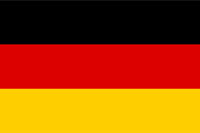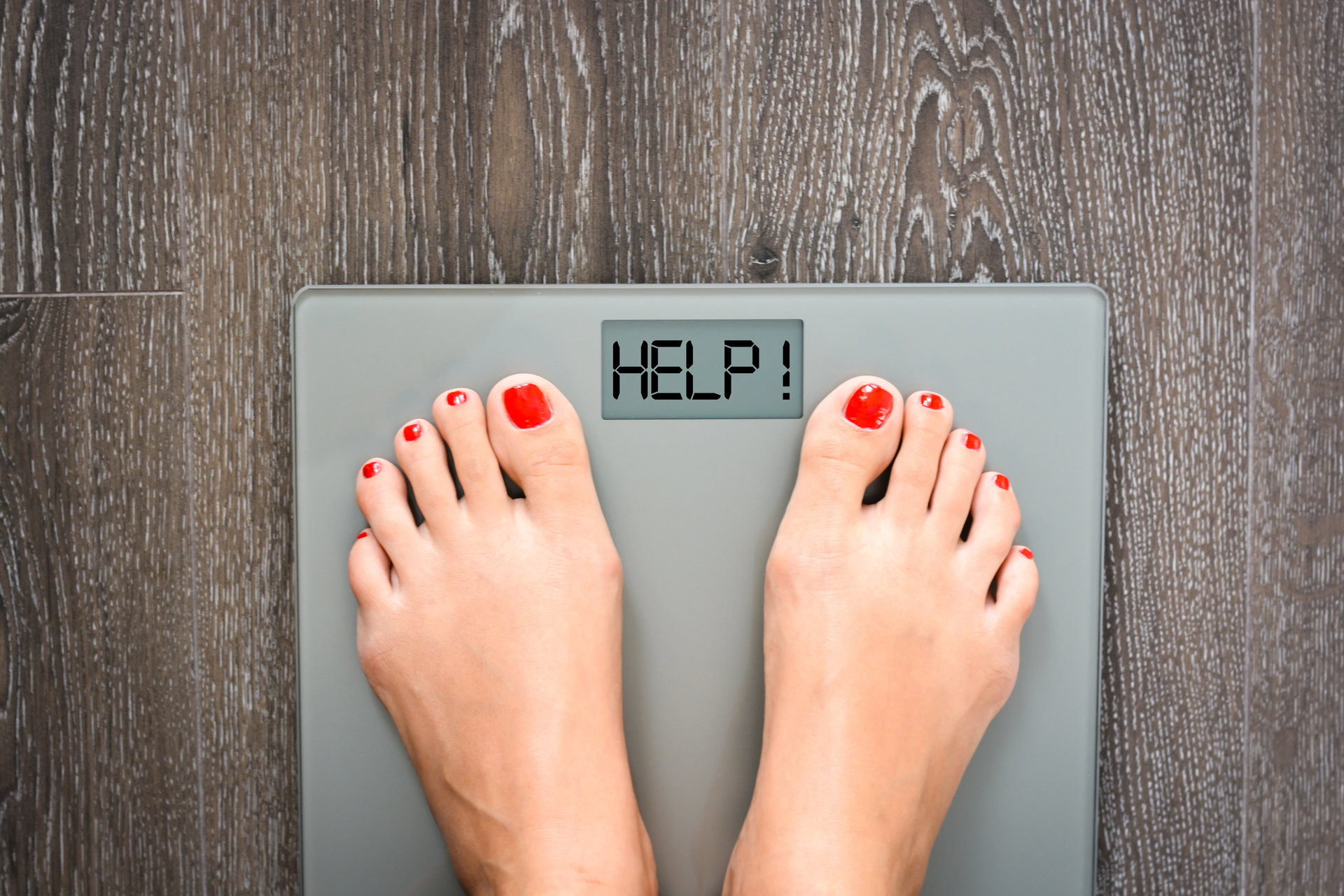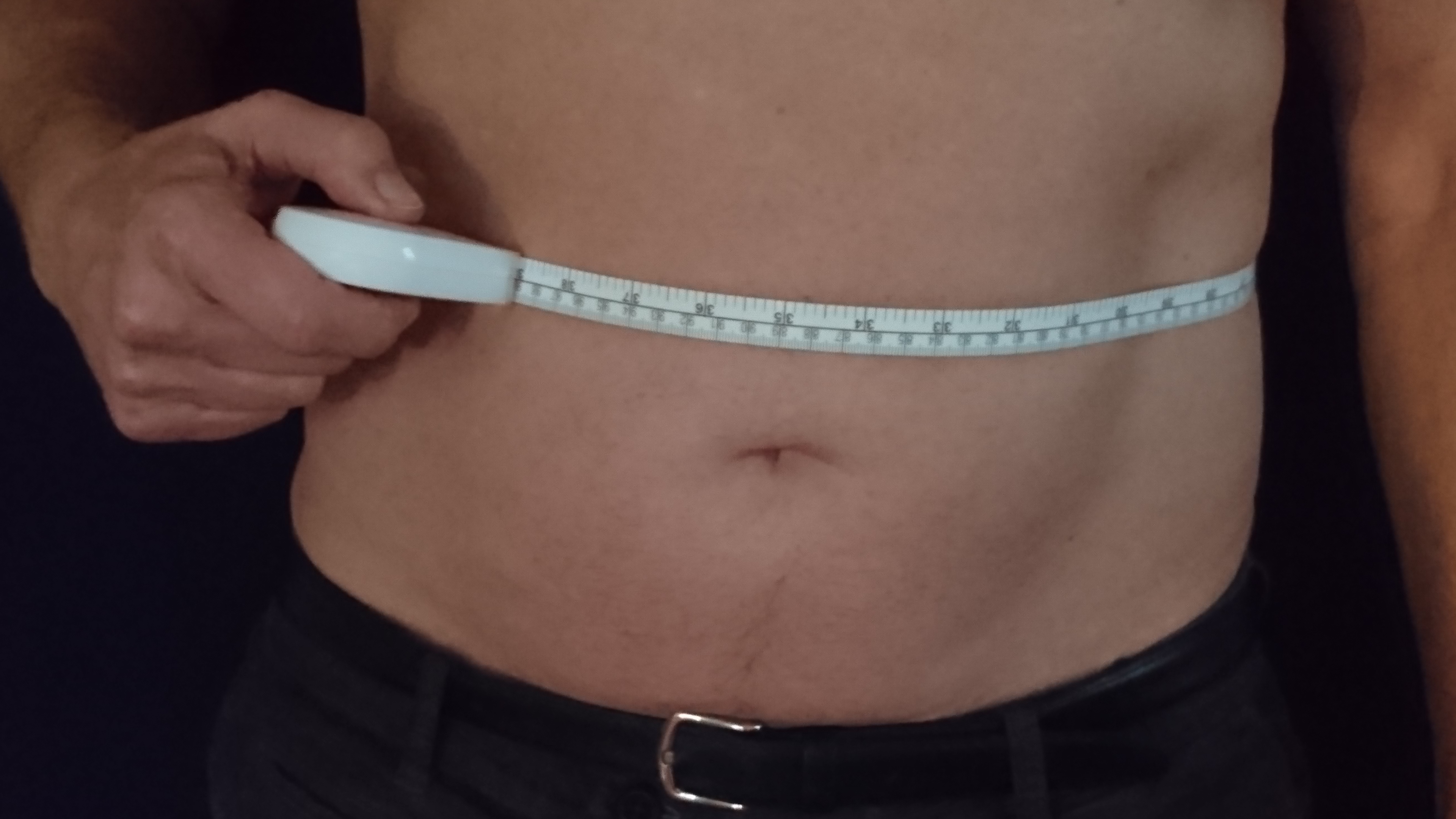Determine your target weight
and forget the Body Mass Index (BMI)
Power up - weight down, if possible to a desired weight. This is the credo in many forums. The desired weight is often based on the body mass index (BMI). However, the BMI is not suitable for individual body analysis, as it cannot estimate bone structure or the ratio of muscle to fat content, impressively exemplified via the Arnold Schwarzenegger and Danny de Vito comparison. Both had approximately the same BMI of about 35 kg/m2.
| Arnold Schwarzenegger Height 188cm Weight 120kg Waist 90cm WHtR 0,48 BMI 34 |
 |
Danny de Vito Height 154cm Weight 85kg Waist 110cm WHtR 0,71 BMI 35 |
Instead, a target weight is needed whose determination meets scientific requirements. A method to determine this target weight was developed by Prof. N. Dahlmann. Here, a detailed body analysis can be made by simply measuring the circumference of the hand and the abdomen. This is the first step to a general fitness assessment. An increased body fat, also called overweight or obesity, is a major obstacle in the way to this. And fitness is not an end in itself, it is an essential prerequisite for an increased life expectancy.
For more informations klick here "In Detail".



